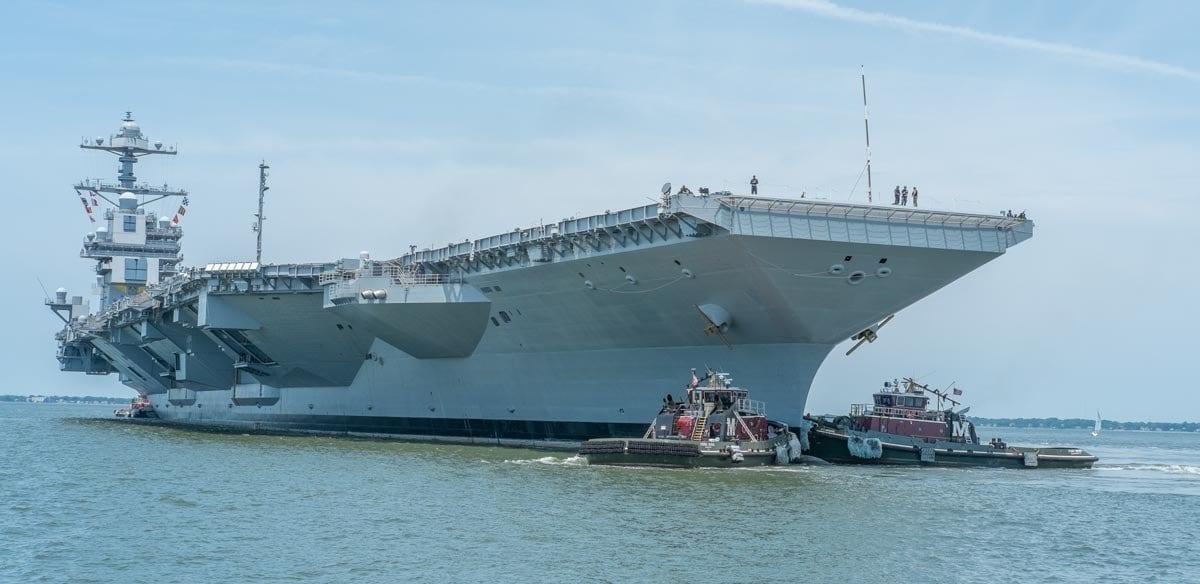WASHINGTON — Congress intends to drop the cost of future aircraft carriers, a move that lawmakers often employ to try to force the U.S. Navy and shipyards — in this case, Huntington Ingalls Industries — to stay inside their fiscal limits, according to the new defense authorization bill.
The cost for Enterprise (CVN-80) is capped at $12.2 billion, and the unnamed CVN-81 is capped at $12.45 billion, according to the text of the bill. The previous cost cap was in the vicinity of $12.57 billion for CVN-80, according to a recent Congressional Research Service report.
The reduction in the cost cap is meant to complement the savings the Navy promised in its pitch for a the two-carrier buy: In January, the Navy announced it was contracting for Enterprise and CVN-81 simultaneously, which it said could save the Navy upward of $4 billion.
In the National Defense Authorization Act conference report released Monday night, Congress cemented a new upper limit for expenditure on Ford (CVN-78) at $13.22 billion, which adds in recent cost growth associated with labor to fix ongoing issues. With the latest adjustments, the butcher’s bill for cost growth on Ford is about 25 percent of higher than its original 2008 target when it was contracted.
RELATED

The NDAA holds the cost cap for John F. Kennedy (CVN-79) at around $11.4 billion.
As usual the cost caps do not include any overruns caused by inflation or costs incurred through the purchase of spare parts, the bill said. Furthermore, the secretary of the Navy can change the caps by notifying Congress.
Navy officials have blamed cost caps as failing to control costs and stifling innovation in the shipyard. In comments in October, then-Navy Secretary Richard Spencer said the cost caps have trickle-down effects and that overruns are just part of the deal with first-in-class ships.
“Sometimes we’re our own worst enemy," Spencer said. "You don’t get anything for free, and you’re not going to drive quality by cost-capping. We have to start thinking differently when we go to cost control.”
The NDAA language also includes language that prohibits the Navy from accepting delivery of the Kennedy if it is unable to support landing the F-35 Joint Strike Fighter. The Ford was delivered without the ability to deploy the F-35, which upset some lawmakers.
The NDAA, which also creates President Donald Trump’s “Space Force,” appears to have bipartisan support on account of a provision that creates paid federal parental leave for federal employees.
David B. Larter was the naval warfare reporter for Defense News.







